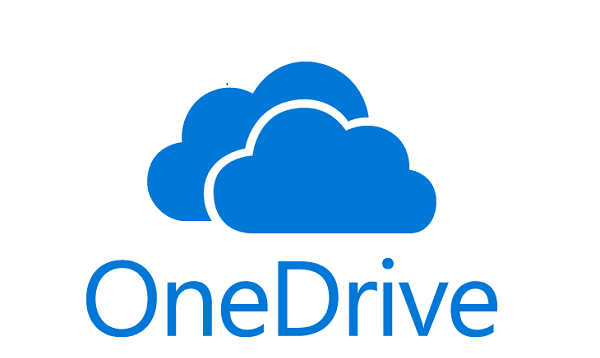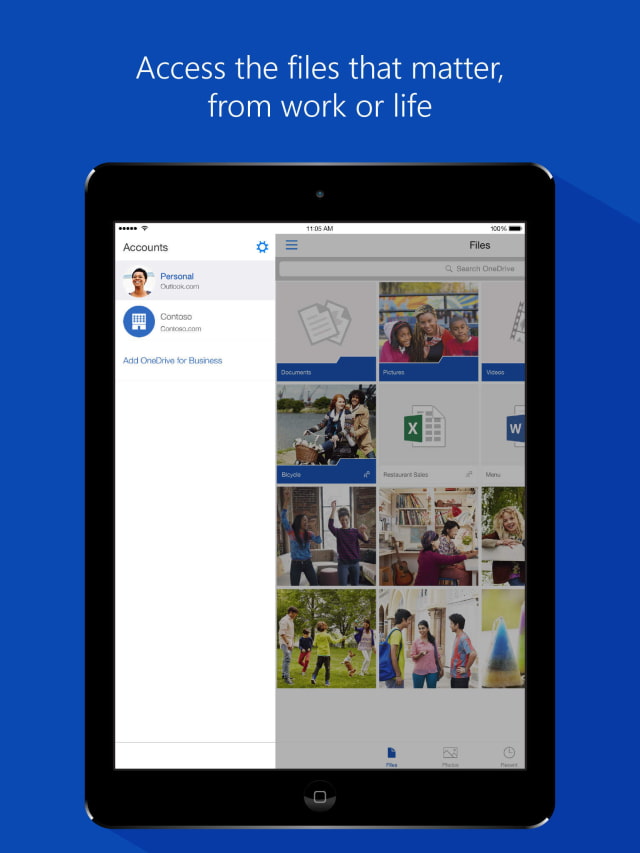Microsoft One Cloud Mac
Unlock the full Microsoft Office experience with a qualifying Office 365 subscription for your phone, tablet, PC, and Mac. Office 365 annual subscriptions purchased from the Word, Excel, PowerPoint, Outlook or OneNote apps will be charged to your App Store account and will automatically renew within 24 hours prior to the end of the current.
- Like Mac clients from competing services, the OneDrive for Business client will sync files from Microsoft’s cloud and make them accessible from a user’s computer. Microsoft allowed Mac users to.
- Login to OneDrive with your Microsoft or Office 365 account.
- Microsoft OneNote The digital note-taking app for your devices.
- Download and install Microsoft OneDrive for Windows PC, Mac, iOS and Android. Download and install Microsoft OneDrive for Windows PC, Mac, iOS and Android. Microsoft will use your mobile number or email address only for this one-time transaction. Your information won’t.
- Microsoft OneDrive is a cloud-based storage and syncing solution that works on Macs, PCs, and mobile device with access to the internet. After you install Office 365 with OneDrive on your Mac, it appears to be just another folder. Drop a file or folder of any type into the OneDrive folder.
Applies to: Microsoft Cloud App Security
This quickstart provides you with steps for getting up and running with Cloud App Security. Microsoft Cloud App Security can help you take advantage of the benefits of cloud applications while maintaining control of your corporate resources. It works by improving visibility of cloud activity and helping to increase the protection of corporate data. In this article, we walk you through the steps you take to set up and work with Microsoft Cloud App Security.
Your organization must have a license to use Cloud App Security. For pricing details, see the Cloud App Security licensing datasheet.
Note
You don't need an Office 365 license to use Cloud App Security.
Prerequisites
Your organization must have a license to use Cloud App Security. For pricing details, see the Cloud App Security licensing datasheet.
For tenant activation support, see Contact Office 365 for business support - Admin Help.
After you have a license for Cloud App Security, you'll receive an email with activation information and a link to the Cloud App Security portal.
To set up Cloud App Security, you must be a Global Administrator or a Security Administrator in Azure Active Directory or Office 365. It's important to understand that a user who is assigned an admin role will have the same permissions across all of the cloud apps that your organization has subscribed to. This is regardless of whether you assign the role in the Microsoft 365 admin center, or in the Azure classic portal, or by using the Azure AD module for Windows PowerShell. For more information, see Assigning admin roles in Office 365 and Assigning administrator roles in Azure Active Directory.
To run the Cloud App Security portal, use Internet Explorer 11, Microsoft Edge (latest), Google Chrome (latest), Mozilla Firefox (latest), or Apple Safari (latest).
To access the portal
To access the Cloud App Security portal, go to https://portal.cloudappsecurity.com. You can also access the portal through the Microsoft 365 admin center, as follows:
Rent Mac Cloud
In the Microsoft 365 admin center, click the App launcher icon , and then select Security.
In the Microsoft 365 security page, click More resources, and then select Cloud App Security.
Step 1. Set instant visibility, protection, and governance actions for your apps
Required task: Connect apps
- From the settings cog, select App connectors.
- Click the plus sign to add an app and select an app.
- Follow the configuration steps to connect the app.
Why connect an app?After you connect an app, you can gain deeper visibility so you can investigate activities, files, and accounts for the apps in your cloud environment.
Step 2. Control cloud apps with policies
Required task: Create policies
To create policies
- Go to Control > Templates.
- Select a policy template from the list, and then choose (+) Create policy.
- Customize the policy (select filters, actions, and other settings), and then choose Create.
- On the Policies tab, choose the policy to see the relevant matches (activities, files, alerts).Tip: To cover all your cloud environment security scenarios, create a policy for each risk category.
How can policies help your organization?
You can use policies to help you monitor trends, see security threats, and generate customized reports and alerts. With policies, you can create governance actions, and set data loss prevention and file-sharing controls.
Step 3. Set up Cloud Discovery
Required task: Enable Cloud App Security to view your cloud app use
Integrate with Microsoft Defender ATP to automatically enable Cloud App Security to monitor your Windows 10 devices inside and outside your corporation.
If you use Zscaler, integrate it with Cloud App Security.
To achieve full coverage, create a continuous Cloud Discovery report
- From the settings cog, select Cloud Discovery settings.
- Choose Automatic log upload.
- On the Data sources tab, add your sources.
- On the Log collectors tab, configure the log collector.
To create a snapshot Cloud Discovery report
Go to Discover > Snapshot report and follow the steps shown.
Why should you configure Cloud Discovery reports?
Having visibility into shadow IT in your organization is critical.After your logs are analyzed, you can easily find which cloud apps are being used, by which people, and on which devices.
Step 4. Personalize your experience
Recommended task: Add your organization details
To enter email settings
- From the settings cog, select Mail settings.
- Under Email sender identity, enter your email addresses and display name.
- Under Email design, upload your organization's email template.
To set admin notifications
- In the navigation bar, choose your user name, and then go to User settings.
- Under Notifications, configure the methods you want to set for system notifications.
- Choose Save.

To customize the score metrics

- From the settings cog, select Cloud Discovery settings.
- From the settings cog, select Cloud Discovery settings.
- Under Score metrics, configure the importance of various risk values.
- Choose Save.
Now the risk scores given to discovered apps are configured precisely according to your organization needs and priorities.
Why personalize your environment?
Some features work best when they're customized to your needs.Provide a better experience for your users with your own email templates. Decide what notifications you receive and customize your risk score metric to fit your organization’s preferences.
Step 5. Organize the data according to your needs
Recommended task: Configure important settings
To create IP address tags
From the settings cog, select Cloud Discovery settings.
From the settings cog, select IP address ranges.
Click the plus sign to add an IP address range.
Enter the IP range details, location, tags, and category.
Choose Create.
Can microsoft word 2011 be installed on mac os mojave. Now you can use IP tags when you create policies, and when you filter and create continuous reports.
Mac Cloud Vm
To create continuous reports
Microsoft One Cloud Machine
- From the settings cog, Cloud Discovery settings.
- Under Continuous reports, choose Create report.
- Follow the configuration steps.
- Choose Create.
Now you can view discovered data based on your own preferences, such as business units or IP ranges.
To add domains
- From the settings cog, select Settings.
- Under Organization details, add your organization's internal domains.
- Choose Save.
Why should you configure these settings?
These settings help give you better control of features in the console. With IP tags, it's easier to create policies that fit your needs, to accurately filter data, and more. Use Data views to group your data into logical categories.
Next Steps
Microsoft One Cloud Mac Torrent
If you run into any problems, we're here to help. To get assistance or support for your product issue, please open a support ticket.